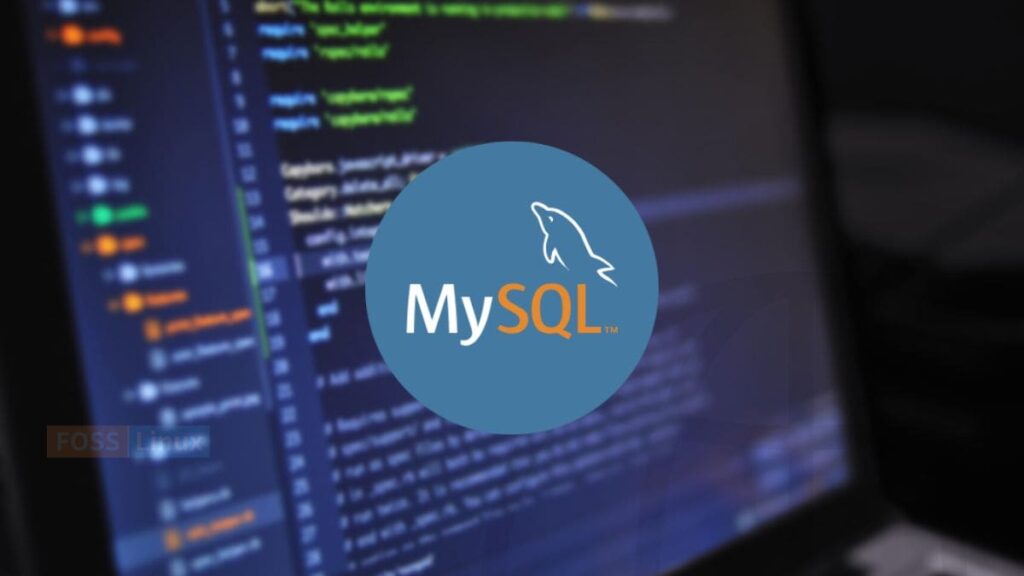Introduction:
MySQL is a powerful and widely used open-source relational database management system, serving as the backbone for many applications. However, like any software, MySQL can encounter errors from time to time. These errors can lead to data loss or application downtime. In this article, we’ll identify common types of errors in MySQL and explore methods for detecting and rectifying these errors. Understanding how to effectively debug MySQL errors is crucial for maintaining the stability and performance of your applications.
Common Types of Errors in MySQL
- Syntax Errors: These occur when SQL statements are invalid or contain incorrect syntax, which can prevent the query from executing properly.
- Connection Errors: These issues arise when there are problems connecting to the MySQL database, possibly due to incorrect credentials, network issues, or server downtime.
- Performance Issues: Slow queries or database overloads can cause performance problems, leading to delayed responses or timeouts.
- Data Incompatibilities: Errors related to data type mismatches, size limitations, or improper data formatting can lead to data being rejected or incorrectly processed.
- Security Vulnerabilities: These errors can compromise the security of the database, making it vulnerable to SQL injection attacks or unauthorized access.
Methods for MySQL Error Debugging
Debugging MySQL errors effectively requires a systematic approach. Here are some proven methods to help you identify and resolve errors:
a. MySQL Error Logs: The first step in diagnosing MySQL errors is to review the MySQL error logs. These logs provide detailed information about errors that have occurred, including their severity and potential causes. The error.log file typically contains this crucial information.
b. Using EXPLAIN: Slow queries can significantly impact database performance. By using the EXPLAIN command, you can analyze the execution plan of your queries, identify bottlenecks, and optimize them for better performance.
c. Checking Error Codes: MySQL provides specific error codes that correspond to particular issues. By examining these error codes, you can quickly pinpoint the source of the problem and take corrective action. Each error code offers insights into what went wrong and how to address it.
d. Database Backup and Recovery: Before making any changes to correct errors, it’s essential to back up your database. This step ensures that you have a restore point in case something goes wrong during the debugging process. If an error occurs during a query, you can revert to the last stable state by restoring from the backup.
e. Console Messages: The MySQL command-line interface provides real-time error messages that can help diagnose problems as they occur. Monitoring these console messages can give you immediate feedback on the state of your database operations.

Error Rectification and Prevention
Once errors have been identified, the next step is to rectify them and implement measures to prevent their recurrence. Here are some key strategies:
- Rectification Procedures: Determine the root cause of the error, whether it’s a syntax issue, connection problem, or data incompatibility. Once identified, apply the appropriate fixes, such as correcting the SQL syntax, adjusting connection parameters, or updating data types.
- Performance Improvements: Optimizing slow queries can significantly enhance the performance of your MySQL database. Consider revising your indexing strategy, optimizing query structures, and using caching mechanisms to reduce load times and improve efficiency.
- Security Updates: Keeping your MySQL installation up to date with the latest security patches is vital to protecting your database from vulnerabilities. Regularly review and apply security updates to ensure that your system remains secure against potential threats.
- Continuous Monitoring: MySQL error logs and system performance should be continuously monitored to detect potential issues before they escalate into significant problems. Implement automated monitoring tools to alert you to any anomalies in real time.
Community and Resources
When facing complex MySQL errors, don’t hesitate to seek help from the broader MySQL community. Here are some resources to consider:
- Engage with the MySQL community through forums, mailing lists, and discussion groups. The collective knowledge of the community can provide valuable insights and solutions to your problems.
- Refer to the extensive documentation available on the official MySQL website. This documentation covers a wide range of topics, including error codes, configuration tips, and optimization techniques.
- Utilize online resources such as tutorials, articles, and videos to deepen your understanding of MySQL and its debugging processes.
Conclusion
MySQL error debugging is crucial for enhancing database performance and ensuring data integrity. In this article, we’ve discussed common types of errors in MySQL and methods for detecting and rectifying them. For more information on this topic, you can visit MySQL Error Debugging: Finding and Fixing MySQL Errors. Be patient during the debugging process and utilize resources effectively to resolve issues. By staying proactive and informed, you can maintain a reliable and efficient MySQL environment.




